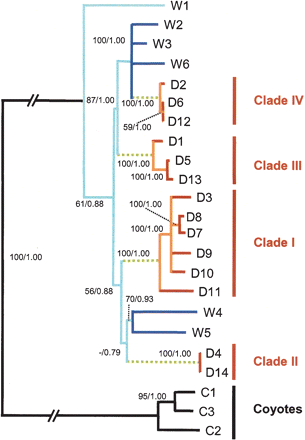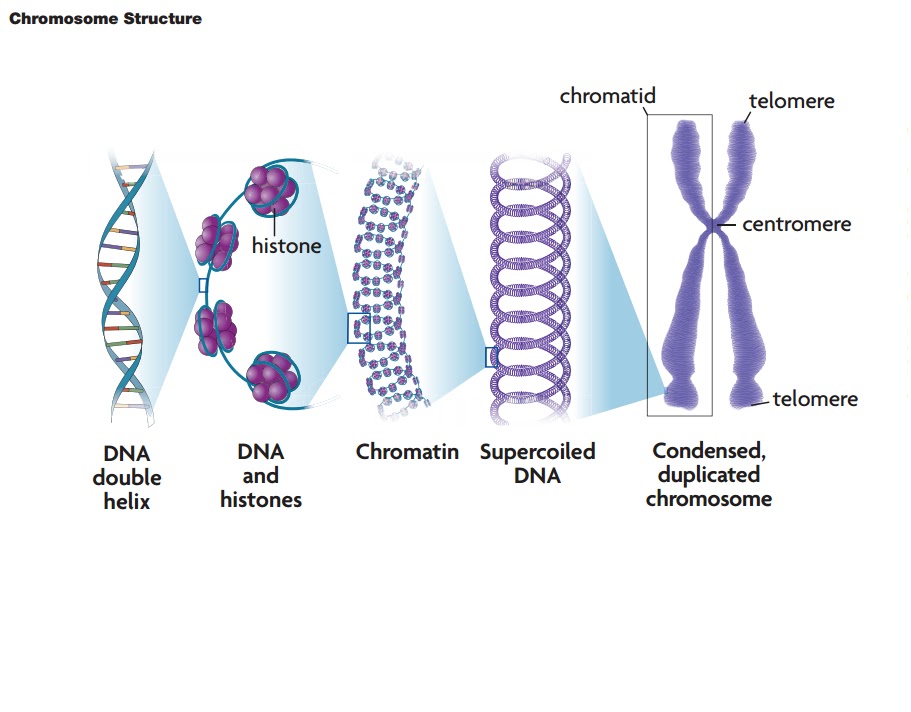Nice cut and paste. ..and continued reliance on snark and insult, belittling me, personally, and ignoring my points entirely.
I've already addressed this techno babble bluff. This is more of the same, ASSERTING that since a previously unknown trait came up.. digesting citrates in e.coli.. this 'proves common descent!' But it does not. It doesn't even prove that 'new!' genes were formed for this adptation
I quoted the study, pointing out important distinctions in what was actually, factually discovered, and the speculative mumbo jumbo that bedazzles the gullible.
But as is typical in forum 'debates' on this subject, religious deflections, indignation, and personal quips replace actual scientific debate.
This article said nothing different than i already addressed. I doubt you knew that, just posted it to bluff, as techno babble. It provides no point, just re-asserts the false assumption that an ASSUMED 'acquired trait', (which is not established) was 'created!' by evolution.
From your article:
Although methods of phylogenetic estimation are used routinely in comparative biology, direct tests of these methods are hampered by the lack of known phylogenies.
What this is saying, is that we use the 'looks like!' ASSUMPTION to guess descendancy. Any actual science behind it is "
hampered by the lack of known phylogenies."
So, they took a set of bacteria that showed no ability to digest citrates, and put 'pressure' on it to adapt. It did, so, 'proof of evolution!'
But there are too many assumptions, and alternative possibilities, to categorically declare, 'evolution!' as the Cause.
1. The specific gene, that enabled this trait was not identified. Was it already there?
2. Like in other living things, traits can be hidden deep in the dna, and is only 'selected' if it is used and needed for adaptation.
3. Bacteria and viruses show a unique ability to adapt, with a wide range of conditions. That is not universal with all other organisms.
..were used to infer the evolutionary history of the experimental lines for comparison to the known history and actual ancestors
Yes, you can infer a lot of things, if you are hell bent on proving some hare brained 'theory!' But the only thing really 'proved!' here is desperation. Adaptation of e.coli is not proof, or evidence, or even inference, of common descent.
If your whole belief in evolution is based on the fuzzy conclusions of an 'experiment!' designed to prove horizontal gene transfer, rife with assumptions and speculation, that is fine. People can believe whatever they want. But to pretend this is 'settled science!', and 'proves evolution!' is absurd, and does violence to the scientific method. This is religious propaganda, masquerading as 'science!'
The techno babble fools the gullible, and fuels the illusion that 'we're really smart, 'cause we know big words!' But when you sift through the bluff, there is nothing there.
From the e.coli study:
A single, spontaneous Cit+ mutant of E. coli was reported by Hall in 1982.[33] This mutant had been isolated during prolonged selection for growth on another novel substance in a growth broth that also contained citrate. Hall's genetic analysis indicated the underlying mutation was complex, but he was ultimately unable to identify the precise changes or genes involved, leading him to hypothesize activation of a cryptic transporter gene
This is not that hard to grasp.. even for desperate True Believers. No gene was identified, so we assumed a 'cryptic transporter gene!' This is guess and extrapolation, not hard evidence of anything. Is this really the best 'evidence!', you have?
Points to ponder, from some of the studies quoted:
1. Selection acts upon existing variability
2. No specific genes were isolated. The 'cryptic transporter gene' is hypothesized.
And from this 'study' on the antics of True Believers:
1. Fist pumps, high fives, and middle school snark passes for 'scientific evidence!'
2. Techno babble, where the 'proof!' is assumed, passes for critical thinking.
3. Hordes of True Believers, dogpiling on rational, scientific based arguments and facts can be more effective, they believe, than rational, evidentiary based discussion.
Perhaps you need more than 30 - 1.. at least the 30 in your collective knowledge base lack evidence for your beliefs, and must resort to fallacies.










